Conservation: the cornerstone of Rotorua Canopy Tours
Preserving New Zealand’s natural identity
From a silent forest to a thriving lush canopy where birds chirp freely, the Okoheriki Forest has come a long way.
A bit of background…
Back in 2012, New Zealander James Fitzgerald walked into Rotorua’s local DoC (Department of Conservation) office and presented his plans to build a world-class zipline experience and simultaneously restore the Okoheriki Forest (aka Dansey Road Scenic Reserve) to its pre-human existence.
When construction of the Original Canopy Tour began, the team discovered that the ancient forest was ravaged by pests.
Starting in August 2012, the zipline experience quickly became a must do activity in Rotorua. From day one, money was set aside to help restore the vulnerable ecosystem within the forest, starting with a trapping blitz to remove as many pests as possible.
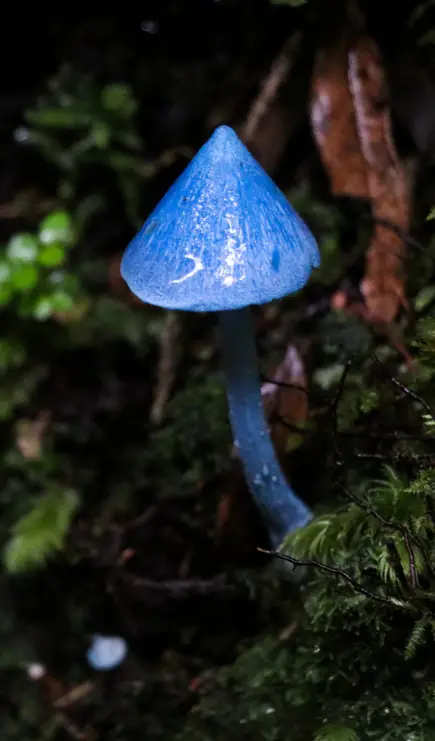
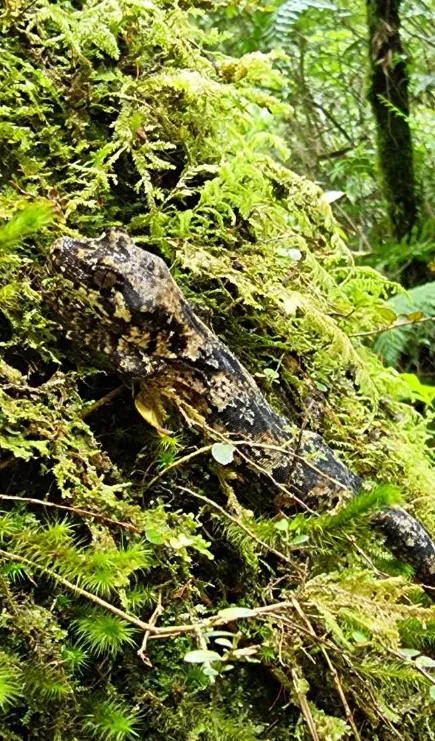
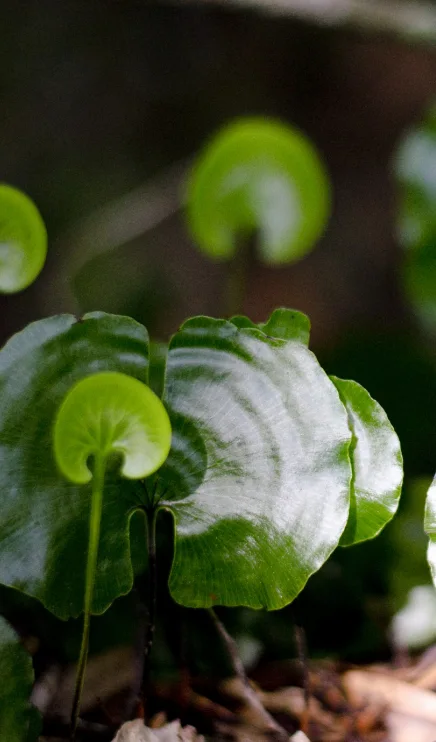
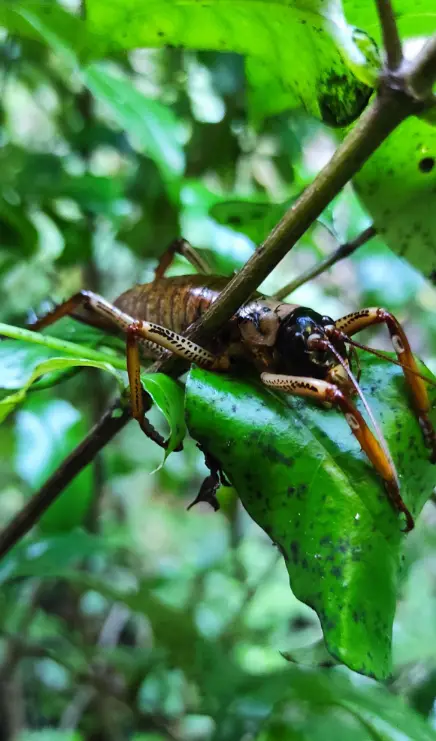
The forest was silent during the Original Canopy Tour build, with not a bird in sight. Mamaku Local Willy Ducree set 20 rat traps along the access trails in the forest. Within hours, if not minutes, the crew in the forest could hear snapping.
When they returned soon after to check the traps, all 20 had caught rats. They expected to trap a few rats overnight, so this immediate activity was mind-blowing; rats were everywhere! It was clear how sick the forest was and the urgent action needed to try and restore the vulnerable ecosystem.
Once Canopy Tours opened in August, customer contributions enabled a cash flow that grew monthly. Things were ticking along nicely, so they planned to do an initial trapping blitz in May and June 2013. The idea was to remove as many pests as possible in a short space of time within the 50 hectares around the zipline course. The first phase was to bait various traps (for rats and possums) each night and leave them unset, so pests became reliant on the safe food source. After a few weeks, phase two was setting the traps. The results were again astounding. Every trap would be successful in the first few nights. Over the space of a week, over 800 pests were removed.
BEFORE
AFTER
Trapping was successful, but brought new challenges
After days of setting traps, checking traps and removing dead animals, the Canopy Tours team was tired. They needed a more sustainable way to save the forest.
Over the next two years, James partnered with Good Nature, started by Robbie Van Dam, a passionate conservationist and inventor. He created innovative traps that could kill 24 rats or 12 possums before needing to be reset. But the traps were expensive!
Canopy Tours and DoC came to a three-year (2015-2018) Conservation Partnership Agreement – the first of its kind in New Zealand. If Rotorua Canopy Tours contributed $35,000 to conservation management, DoC would match it.
Since 2018, Canopy Tours and our customers have solely contributed to the Canopy Conservation Trust. A portion of your tour fee goes to the Trust, which means by doing an insanely fun thing in Rotorua, you will forever be part of the forest’s journey back to its former glory!
Canopy Conservation results speak for themselves
We are not repairing the forest: we are enabling the forest to repair itself naturally.
TO DATE:
RAT / Mice
15 - 22%
possum
7 - 10%
Mustelids
5 - 8%
During the canopy tree walk in Rotorua’s Okoheriki Forest, we can now see and hear various birds: Ruru, Kererū, Pīwakawaka, Tūī , Grey Warblers, Whiteheads, Korimako, and Silvereyes. We’ll spot Koekoeā and Kākā on their seasonal travels. We even have the confidence of a few Toutouwai and Miromiro who we hand-feed on our tours.
Biodiversity is evident through the thriving plant life, too.
The canopy layers are thick and dense with foliage from native and endemic species. Ferns cover the forest floor like they did hundreds of years ago. Fruits, flowers, and new shoots are seen throughout the year.
We have seen critically threatened species, found rare fungi and invertebrates, and discovered new species the world has never seen.
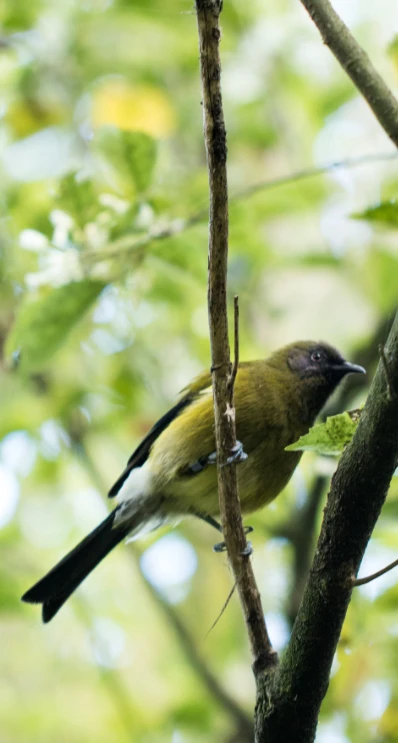
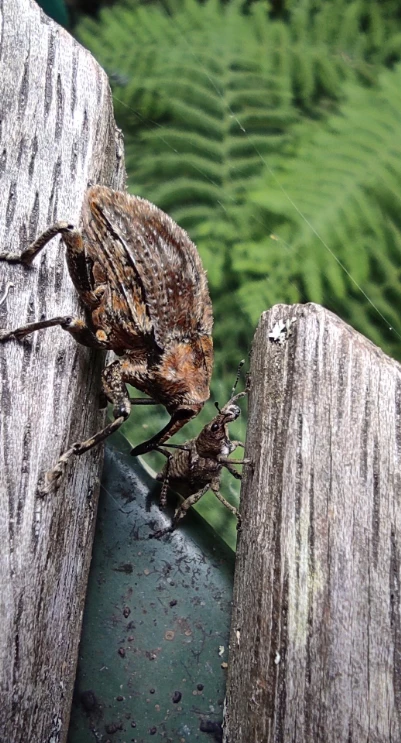
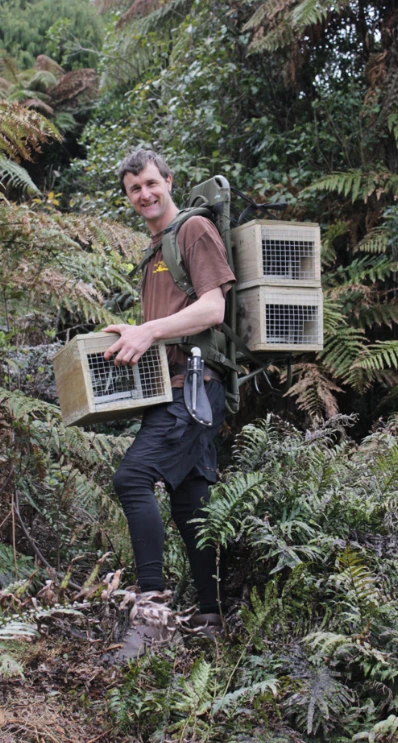
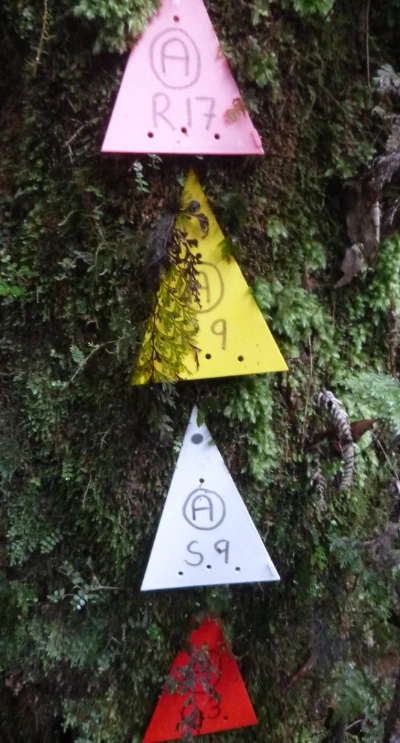
Future vision: solving New Zealand’s biodiversity crisis
Having an ancient old-growth forest minutes from a significant population is a privilege.
We will remove pests and predators to create a safe environment for species to thrive and reproduce. We plan to translocate species back into the forest, starting with plants that provide food, then reptiles, skinks, and geckos, and finally the top of the forest’s food chain: birds.
We want to bring in Weka, Kōkako, Pāteke, and Tieke. The Tītipounamu, a very small, ancient songbird that loves big, old trees. And the ultimate goal: Kiwi.
The sanctuary will be a world-class natural habitat. A must do in New Zealand. An experience that will bring eco-conscious visitors from around the world to Rotorua.
Paving the way in ecotourism
Back in 2012, Canopy Tours’ dedication to sustainability was seen as strange. Now, it has become the norm for every tourism operator, and an expectation from our guests.
From extending the trapping network, to applications and fundraising, our project is no small feat. Want to help us? Please consider donating to the Canopy Conservation Trust.
Future Vision
Having an ancient old-growth forest within 15 minutes of a significant population is an absolute privilege. We want to turn it into a national sanctuary for all to enjoy and help solve New Zealand’s biodiversity crisis.
Together, Rotorua Canopy Tours, Canopy Conservation Trust, and Tura Te Ngakau Ki Ngongataha want to create a national sanctuary. We will remove pests and predators from our 1000 hectares to create a safe environment for species to thrive and reproduce. When results are sufficient, we will start translocating species back into the forest that would have resided here before pests arrived. We’ll start with plants that will provide food, including tree fuchsia (Kotukutuku), dactylanthus (Pua Te Reinga), and native mistletoe. The next phase will be translocating reptiles, skinks and geckos and finally the top of our food chain, birds. We would love to translocate Weka, Kokako, Pateke, Tieke, and then the goal bird, the Titipounamu. The Titipounamu is an ancient songbird and NZ’s smallest bird that loves big old trees. They reside in the mid-canopy layer and are inquisitive little birds, which means our visitors can see and interact with them. This would be the pinnacle of an inspiring story for all to be a part of.
Kiwi birds would be next on the wish list. We would need to create a strict stoat suppression plan to implement a barrier around the circumference of the forest. This would be the final touch to a fenceless sanctuary. The sanctuary would be an incredible achievement highlighting the partnership between Rotorua Canopy Tours, Canopy Conservation Trust, Tura te Ngakau ki Ngongataha and the wider community. Outside of the obvious biodiversity benefit of allowing these species to spread their genetics, this would be a huge driver for visitation to the Rotorua area and encourage more visitation to enjoy our world-class natural habitats.